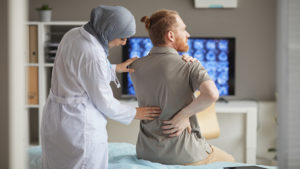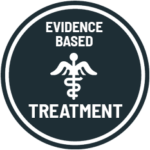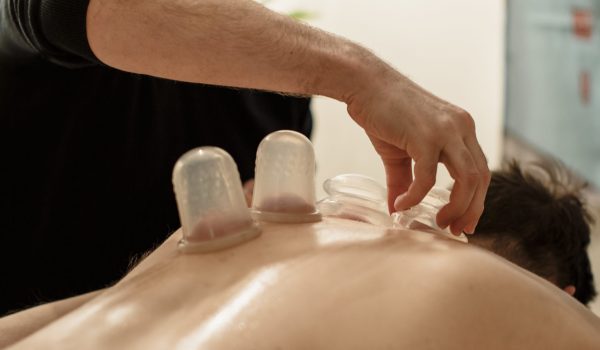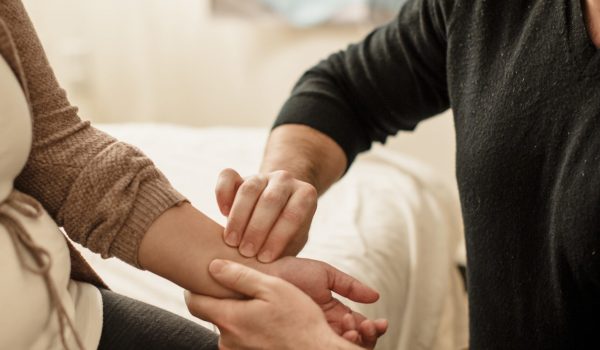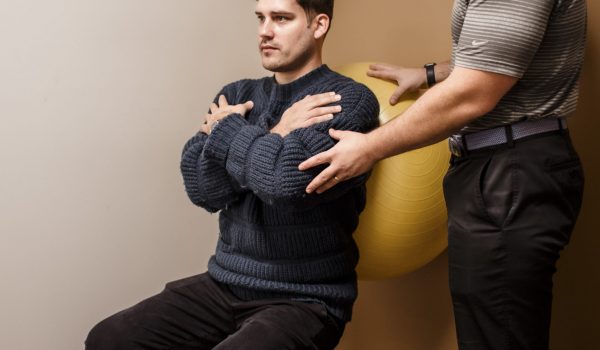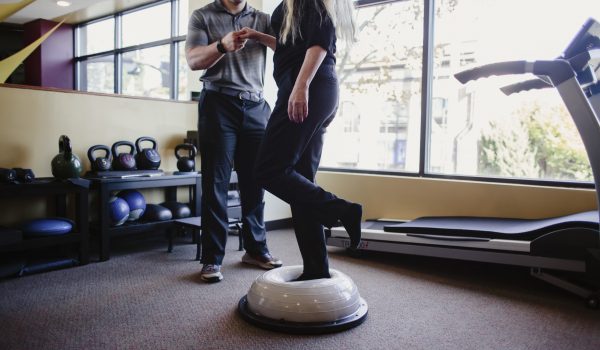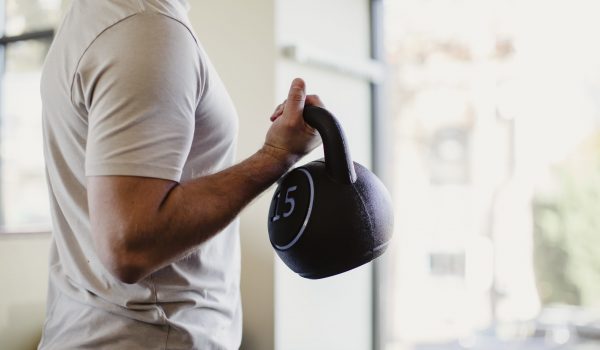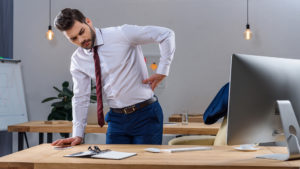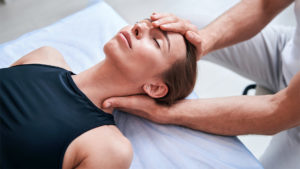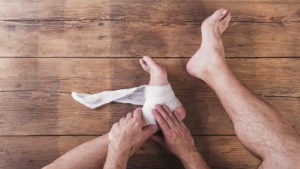This is a short video demonstrating safe strategies for performing transition movements, such as getting out of a car or getting out of bed, to avoid aggravating acute (sharp, intense, sudden) low back pain. During this time, it is important to be cautious with body-positioning in general, as sudden, unguarded movements can worsen symptoms by stressing already inflamed tissues.
The movement strategies described here encourage more engagement in core muscles, including the abdominals, spinal extensors, gluteals, and with appropriate breathing and bracing, the diaphragm and pelvic floor. Increasing core strength and stability is one of the best ways to achieve long term relief from back pain, so these early strategies are helpful for helping reduce pain immediately, and for providing a base for long term relief.
